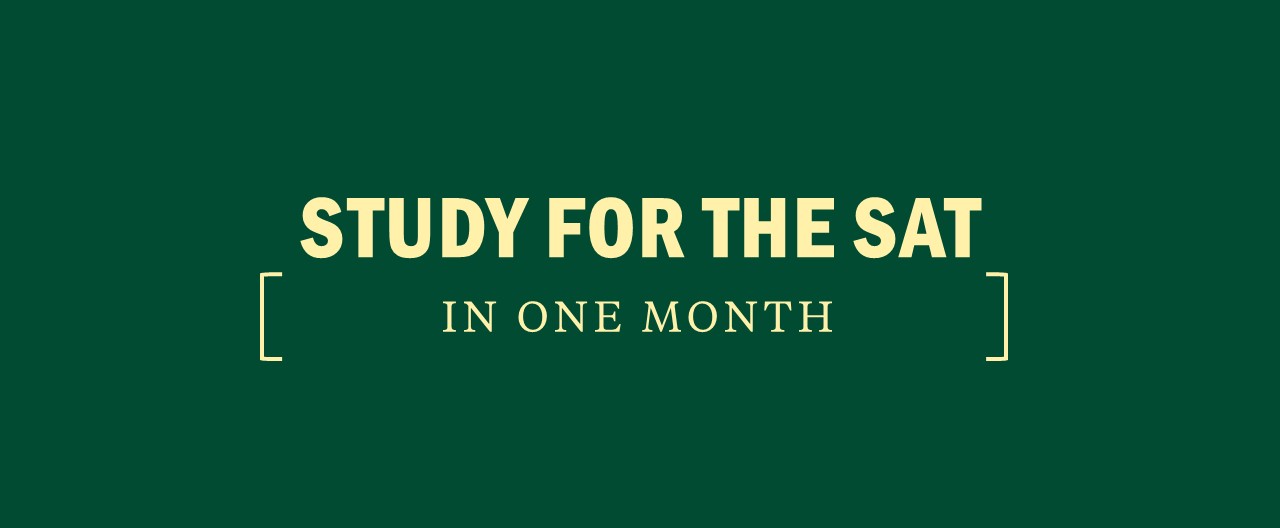SAT Math: Average Speed (Not the "Average" of the Speeds)!
One of the most challenging concepts on the SAT Math test is average rate, also called average speed. Often found in complex word problems, this type of question is one many students are less familiar with, so don’t get nervous if you don’t know how to approach it.
Review these important equations and look at how this concept appears on the SAT.
Distance = Rate x Time
The first important formula to memorize is d = rt. This stands for distance = rate x time. Many students find it helpful to remember this formula as the “DIRT” formula (Distance Is Rate × Time). It is equally acceptable to think of it as time = distance ÷ rate or as rate = distance ÷ time because these are simply rearranged versions. Often, the rate is a speed, but it could be any “something per something.” In a word problem, if you see the word “per,” you know this is a question involving rates.
Average Rate = Total Distance ÷ Total Time
The second formula is average rate = total distance ÷ total time. This is its own special concept, and you should notice that it is not an average of the speeds. Average rate is completely different. Look at an example question:
Ariella drove 40 miles to see her cousin at a speed of 20 mph. The trip took Ariella 2 hours. Then, Ariella drove from her cousin’s house another 30 miles to the store at a speed of 10 mph. It took Ariella 3 hours to arrive at the store. What was Ariella’s average speed for the trip?
The next question will require the use of both the “average rate” formula and the “DIRT” formula.
Marion spent all day on a sightseeing trip in Tuscany. First she boarded the bus which went 15mph through a 30 mile section of the countryside. The bus then stopped for lunch in Florence before continuing on a 3 hour tour of the city’s sights at speed of 10mph. Finally, the bus left the city and drove 40 miles straight back to the hotel. Marion arrived back at her hotel exactly 2 hours after leaving Florence. What was the bus’s average rate for the entire journey?
Try out one more challenging question:
You could also solve this problem in other ways, including using a system of equations and substitution, but it’s nice to know that you can pick a number for the distance traveled and use it to find the average rate for the whole journey. Be on the lookout for those trips where the distance there and back is the same.


